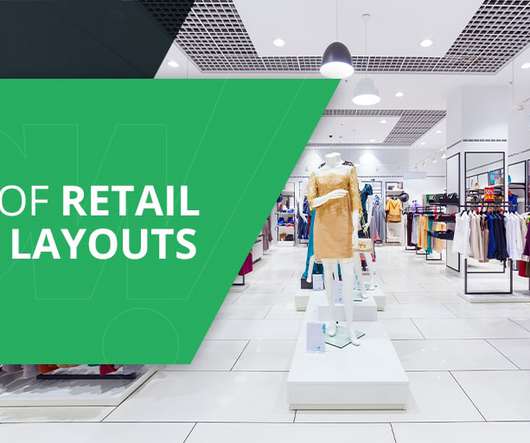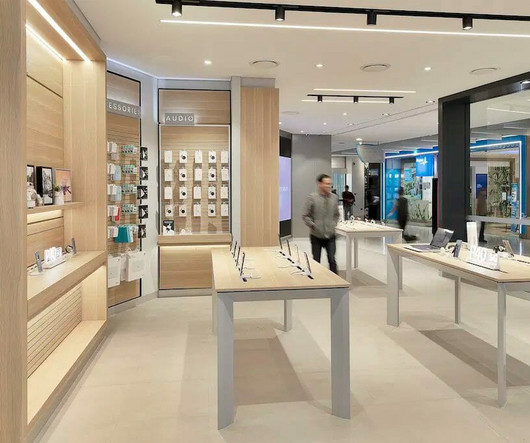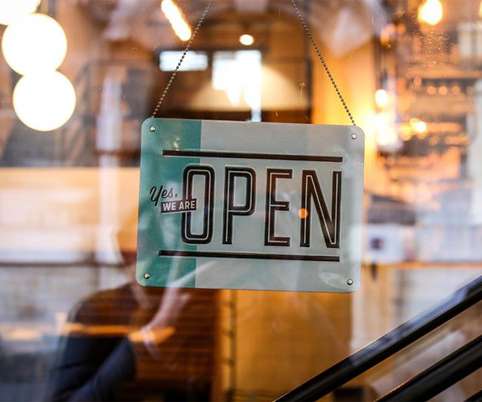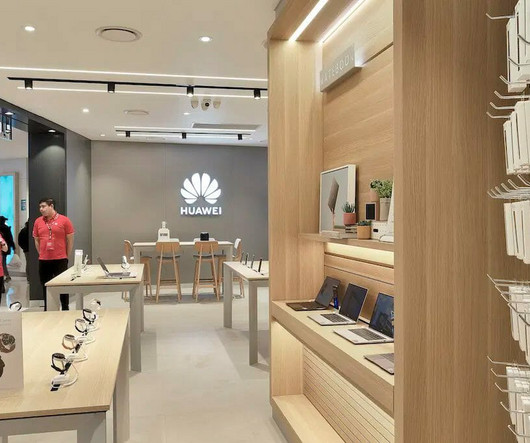Types of Retail Store Layouts
Creative Displays Now
NOVEMBER 8, 2021
The two most important components of retail store layouts used to convert browsers to buyers are: Store design: The store design encompasses the intentional use of space management and floor plans, including displays, furniture, fixtures, signage and lighting. Promotes profits by encouraging unplanned purchases.












Let's personalize your content